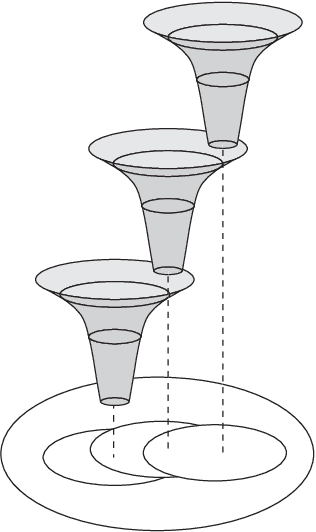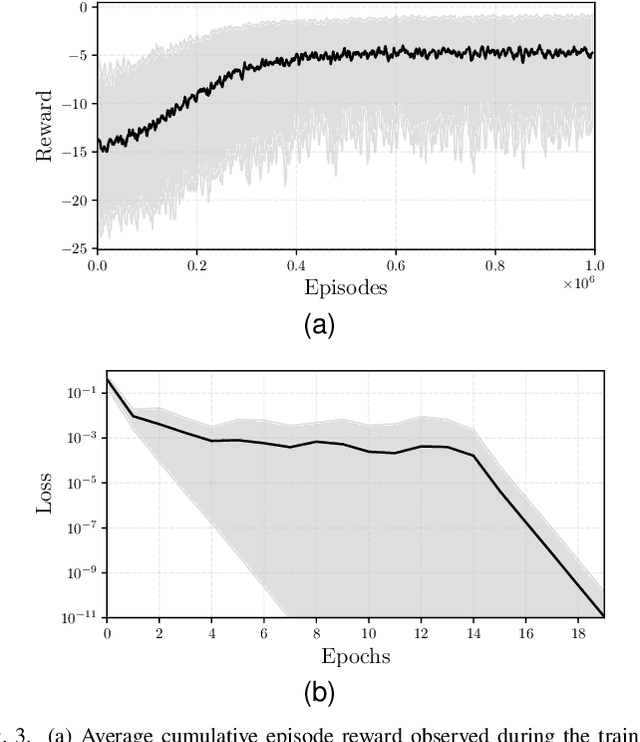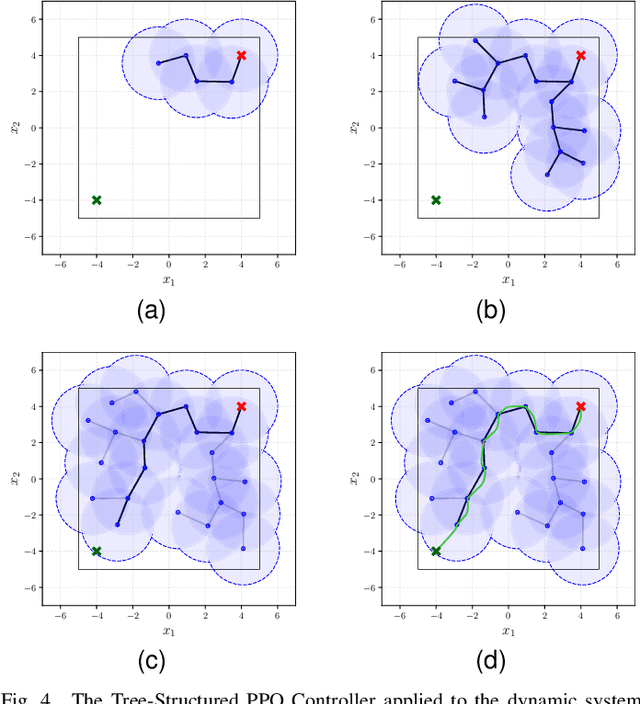Armin Ghanbarzadeh
YOLO-Former: YOLO Shakes Hand With ViT
Jan 11, 2024Abstract:The proposed YOLO-Former method seamlessly integrates the ideas of transformer and YOLOv4 to create a highly accurate and efficient object detection system. The method leverages the fast inference speed of YOLOv4 and incorporates the advantages of the transformer architecture through the integration of convolutional attention and transformer modules. The results demonstrate the effectiveness of the proposed approach, with a mean average precision (mAP) of 85.76\% on the Pascal VOC dataset, while maintaining high prediction speed with a frame rate of 10.85 frames per second. The contribution of this work lies in the demonstration of how the innovative combination of these two state-of-the-art techniques can lead to further improvements in the field of object detection.
Deep Reinforcement Learning Graphs: Feedback Motion Planning via Neural Lyapunov Verification
Nov 29, 2023



Abstract:Recent advancements in model-free deep reinforcement learning have enabled efficient agent training. However, challenges arise when determining the region of attraction for these controllers, especially if the region does not fully cover the desired area. This paper addresses this issue by introducing a feedback motion control algorithm that utilizes data-driven techniques and neural networks. The algorithm constructs a graph of connected reinforcement-learning based controllers, each with its own defined region of attraction. This incremental approach effectively covers a bounded region of interest, creating a trajectory of interconnected nodes that guide the system from an initial state to the goal. Two approaches are presented for connecting nodes within the algorithm. The first is a tree-structured method, facilitating "point-to-point" control by constructing a tree connecting the initial state to the goal state. The second is a graph-structured method, enabling "space-to-space" control by building a graph within a bounded region. This approach allows for control from arbitrary initial and goal states. The proposed method's performance is evaluated on a first-order dynamic system, considering scenarios both with and without obstacles. The results demonstrate the effectiveness of the proposed algorithm in achieving the desired control objectives.
Safe Physical Human-Robot Interaction through Variable Impedance Control based on ISO/TS 15066
Nov 23, 2023Abstract:The successful implementation of Physical Human-Robot Interaction in industrial environments depends on ensuring safe collaboration between human operators and robotic devices. This necessitates the adoption of measures that guarantee the safety of human operators in close proximity to robots, without constraining the speed and motion of the robotic systems. This paper proposes a novel variable impedance-based controller for cobots that ensures safe collaboration by adhering to the ISO/TS 15066 safety standard, namely power and force limiting mode, while achieving higher operational speeds. The effectiveness of the proposed controller has been compared with conventional methods and implemented on two different robotic platforms. The results demonstrate the designed controller achieves higher speeds, while maintaining compliance with safety standards. The proposed variable impedance holds significant potential for enabling efficient and safe collaboration between humans and robots in industrial settings.
 Add to Chrome
Add to Chrome Add to Firefox
Add to Firefox Add to Edge
Add to Edge